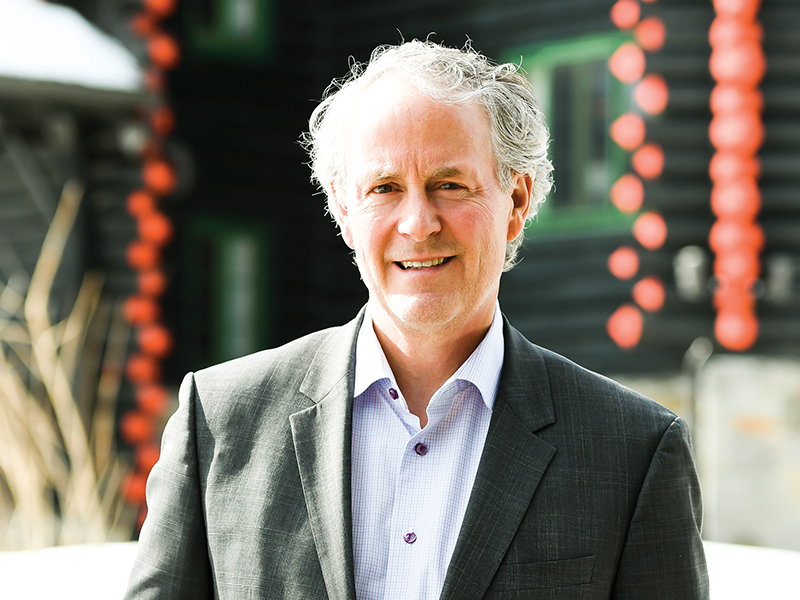
With eight billion people consuming the planet’s resources, assets such as clean energy and sustainable agriculture are becoming increasingly important to institutional investors, said John Cook, senior vice-president, portfolio manager and co-lead of the Greenchip team at Mackenzie Investments, during a session at Benefits Canada‘s 2023 DC Plan Summit.
Each year, it takes roughly 13.5 billion tons of oil equivalent energy to power the global economy, he added, noting 80 per cent of this energy is derived from fossil fuels, with the remainder drawn from nuclear, hydro and renewable energy sources such as biomass, solar and wind.
“We turn about 25 per cent of [all that energy] right now into electricity. And the future for us has to be in a more sustainable economy, more turning energy into electricity. . . . The problem is we’re using more electricity than we’ve ever used. Over the last 10 years, we’ve been growing electricity demand at 2.8 per cent a year. So that means in about 25 years, we need to double this system that we’ve built over the last 120 years.”
Read: Institutional investors unclear on the consequences of climate change, energy transition: expert
In order to reach that goal, Cook estimated the world will need to increase clean energy investments by roughly $1.5 trillion per year, providing opportunities for institutional investors through environmental thematic investments.
He differentiated this strategy from ESG investing as “investing in companies producing solutions rather than [in] how companies behave.
“You’re not investing in financial services. You’re not investing in consumer technology. You’re not investing in health care. There’s very little related to real estate. This is very different from index-type investing. Until we sort out that confusion, . . . I think we’re going to keep distracting capital away from where it really needs to go.”
Institutional investors may also be distracted by focusing solely on reducing the carbon footprint of their portfolios, as well as by divestment efforts. He used the example of nitrogen fertilizer, a product derived from natural gas that serves as an essential component of global agricultural operations.
Read: Head to head: Does ESG investing actually enhance returns?
“You have to focus on demand; you can’t focus on supply if you want to move forward. And for those [institutional investors] that believe it’s an ethical decision to divest, I would put back to them that without those nitrogen fertilizers, most scientists agree we can’t feed half our population.”
While wind and solar energy currently account for seven per cent and three per cent, respectively, of global energy capacity, these percentages are set to increase, said Cook, noting investments in wind and solar outpaced upstream oil and gas exploration and development for the first time in 2022.
While investments in wind energy may be stymied in the coming years — largely due to the impacts of inflation on steel and cement — he said there was a dramatic increase in the amount of solar installations last year. “What became very clear to us [in the last decade] was that solar and wind were going to become by far the cheapest ways to generate electrons. They’re not perfect; they’re intermittent. But compared to all other generating technologies today, they’re just significantly cheaper. . . . These are the engines that are actually building and constructing that renewable capacity and the transmission and distribution that we need.”
By investing in renewable energy capacity, institutional investors could see higher gains over the long term, added Cook. “What more [investors] need to do is . . . invest that capital in more capacity to actually develop [the business], rather than just stripping the capital out and giving it back to shareholders. . . . If you focus on the ones that are actually building value into their companies, you do better long term.”
Read more coverage of the 2023 DC Plan Summit.
